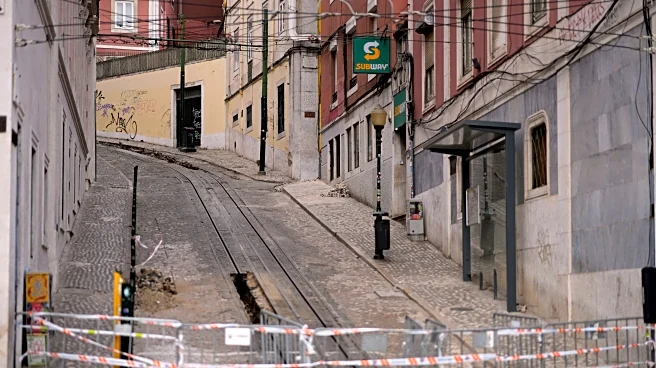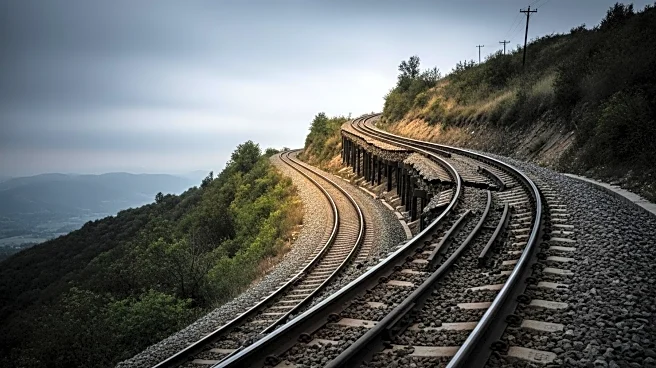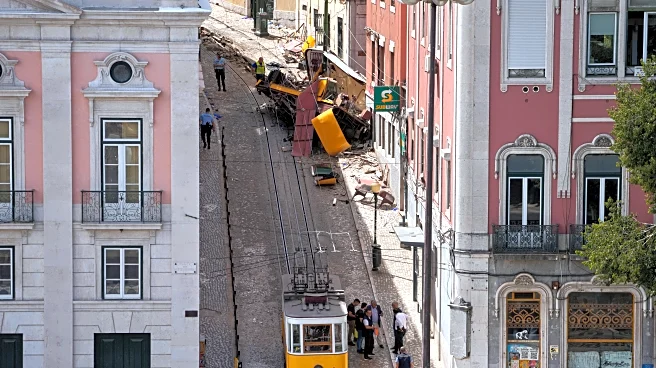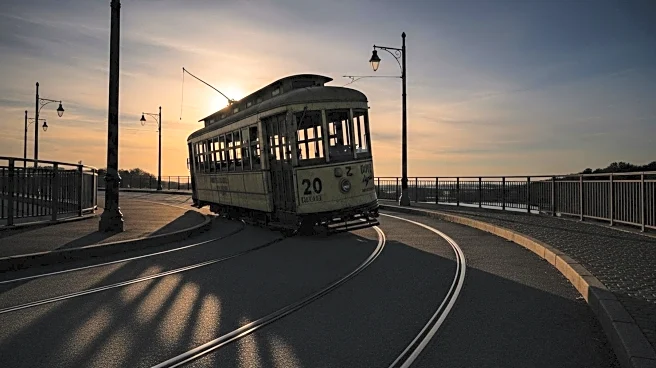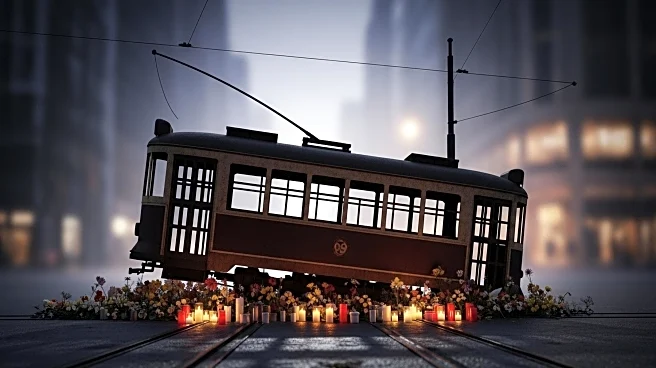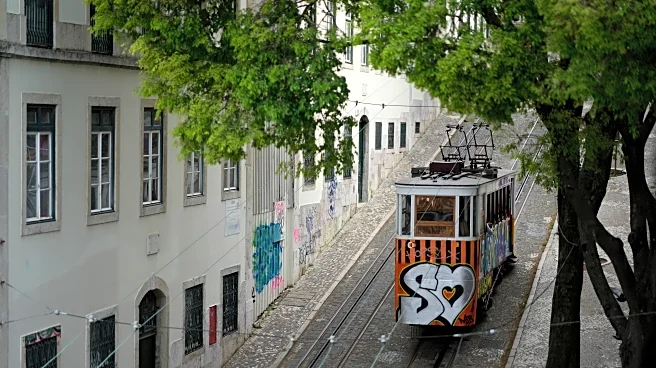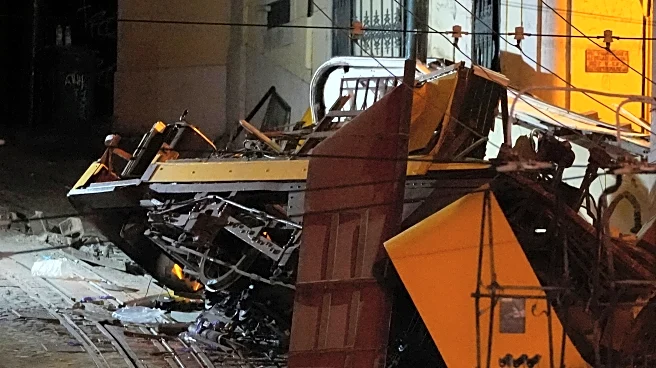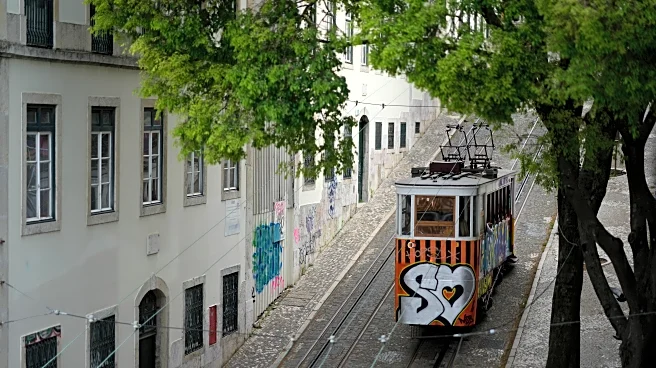What's Happening?
Lisbon has experienced a tragic tram disaster with the historic Elevador da Gloria funicular derailing, resulting in at least 15 deaths and 21 injuries. The accident occurred when the transit car collided with a building on a curve, leading to severe damage. City officials have suspended operations on all funiculars for safety inspections, including sister lines Bica, Lavra, and Graca. Lisbon's mayor declared several days of municipal mourning, and Portugal observed a national day of mourning. The incident has been classified as an accident, with preliminary reports suggesting mechanical failures such as a broken traction cable or faulty braking system.
Why It's Important?
The disaster highlights the importance of safety measures and maintenance in public transportation systems, particularly those with historical significance. The incident may lead to increased scrutiny and regulatory changes in transport safety protocols, impacting how cities manage and maintain aging infrastructure. The cultural and economic significance of the Elevador da Gloria as a tourist attraction underscores the broader implications for Lisbon's tourism industry and urban transport systems. The tragedy may prompt discussions on balancing heritage preservation with modern safety standards.
What's Next?
Lisbon's transport authorities are likely to conduct thorough investigations to determine the exact cause of the derailment and implement necessary safety improvements. The incident may lead to policy changes and increased investment in infrastructure maintenance and safety technology. Public and governmental responses could influence future transport regulations and the preservation of historical landmarks.
Beyond the Headlines
The disaster raises questions about the ethical responsibilities of maintaining historical transport systems and the potential risks associated with aging infrastructure. The cultural impact of the tragedy may affect public perception of historical landmarks and influence urban planning and heritage conservation efforts. Long-term shifts in transport safety standards and public policy could emerge from the incident.



